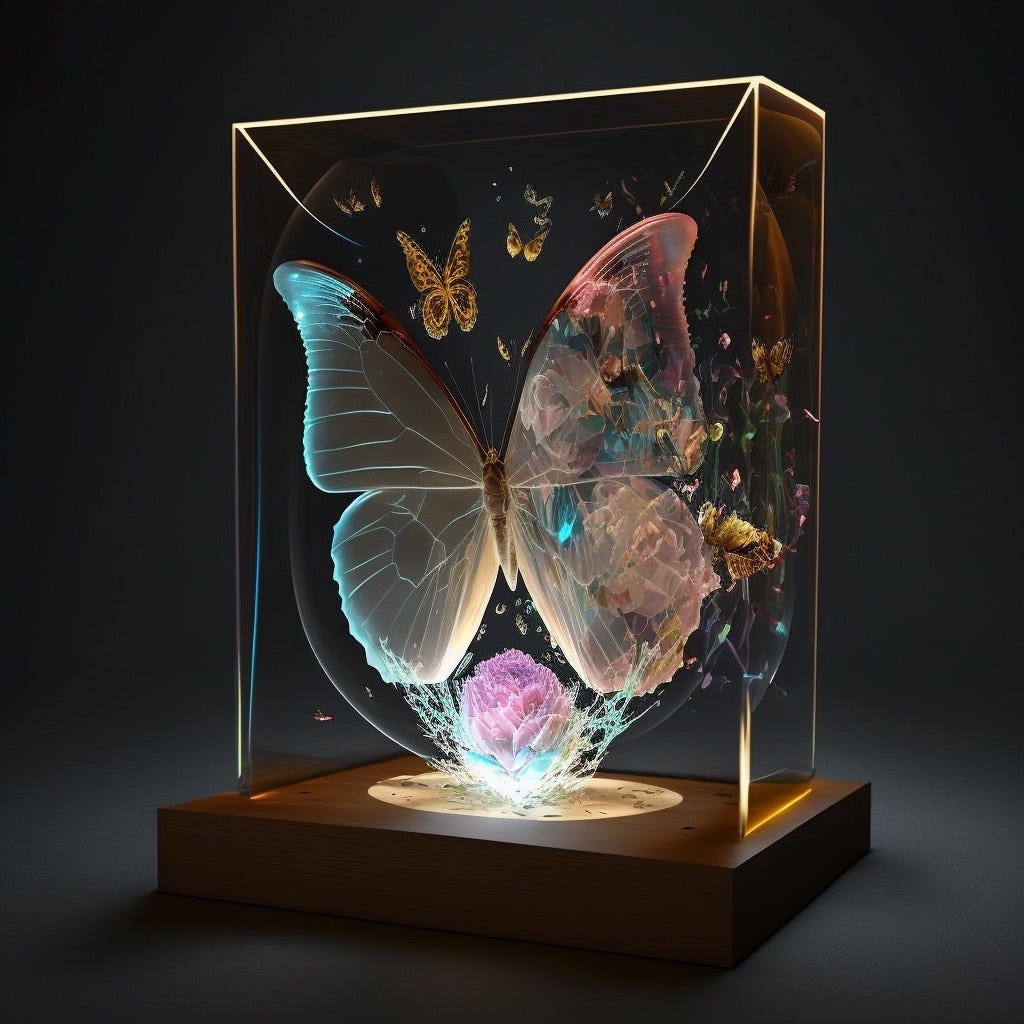In the realm of fashion advertising, staying ahead of the curve is essential. As consumer preferences evolve and technology advances, brands are constantly seeking innovative ways to capture attention and create lasting impressions. One such innovation that has emerged in recent years is the use of holograms in fashion ads. This cutting-edge technology is not only transforming how brands showcase their collections but also revolutionizing the way consumers interact with advertising content. From virtual fashion shows to interactive retail displays, holograms are reshaping the landscape of fashion advertising, offering new opportunities for creativity, engagement, and brand differentiation.
The Evolution of Hologram Technology in Fashion Ads
Hologram fan technology has come a long way since its inception, evolving from a niche novelty to a powerful tool in marketing and advertising. Traditionally associated with science fiction, holograms create three-dimensional images by diffraction of light, giving viewers a sense of depth and realism without the need for special glasses or equipment. This technology has found its way into various industries, including fashion, where its ability to create immersive and interactive experiences has captured the attention of designers, marketers, and consumers alike.
In fashion advertising, holograms offer a unique opportunity to showcase garments and accessories in a dynamic and engaging manner. Instead of static images or traditional video ads, holographic displays allow brands to present their collections in a way that captivates audiences and leaves a lasting impression. Whether it’s a holographic runway show, a virtual fitting experience, or an interactive storefront display, hologram technology enables brands to elevate their storytelling and connect with consumers on a deeper level.
Creating Immersive Experiences through Holographic Fashion Shows
One of the most compelling applications of hologram technology in fashion advertising is the creation of virtual fashion shows. Traditionally, fashion shows have been exclusive events held in prestigious locations, accessible only to industry insiders and select guests. However, hologram technology has democratized the runway experience, allowing brands to reach a global audience through virtual shows that can be livestreamed or accessed online.
Virtual fashion shows powered by hologram technology offer several advantages over traditional runway events. They allow designers to showcase their collections in a digital environment where creativity knows no bounds. Holographic models can walk the runway wearing the latest designs, giving viewers a 360-degree view of each garment and allowing them to appreciate the craftsmanship and detail up close. This immersive experience not only enhances the visibility of fashion brands but also enables them to engage with a broader audience in real-time, fostering a sense of inclusivity and accessibility.
Transforming Retail Experiences with Interactive Holographic Displays
Beyond runway shows, hologram technology is also transforming retail experiences by creating interactive displays that engage and enthrall consumers. In physical stores, holographic displays can serve as virtual shop windows, showcasing products in a visually stunning and interactive manner. Imagine walking past a storefront where holographic models dressed in the latest fashion trends beckon shoppers to explore the collection inside.
Interactive holographic displays can also enhance the shopping experience by offering virtual try-on capabilities. Consumers can use augmented reality (AR) technology to see how clothing items look on holographic models that mimic their size and shape. This not only reduces the need for physical fitting rooms but also empowers consumers to make more informed purchasing decisions. Moreover, brands can use holographic displays to create personalized shopping experiences tailored to individual preferences. By integrating data analytics and AI-driven insights, retailers can customize holographic content based on factors such as shopping history, style preferences, and current trends, thereby enhancing the relevance and impact of their advertising campaigns.
Challenges and Future Outlook for Holographic Fashion Ads
While hologram technology holds immense promise for fashion advertising, it is not without its challenges. One of the primary hurdles is the cost associated with developing and deploying holographic displays and content. High-quality holographic projections require advanced hardware and software, as well as skilled professionals capable of creating compelling visual experiences. For smaller brands and startups, these upfront costs may pose a barrier to adoption.
Additionally, there are technical considerations such as ensuring seamless integration of holographic displays with existing advertising platforms and environments. Factors like lighting conditions, viewing angles, and scalability also need to be carefully addressed to deliver a consistent and immersive experience across different settings.
Looking ahead, the future of holographic fashion ads appears promising as technology continues to advance and become more affordable. Innovations in display technology, AI, and AR are expected to further enhance the capabilities and accessibility of hologram technology, making it a viable option for a broader range of fashion brands and retailers.
Conclusion
In conclusion, holograms are reshaping fashion advertising by offering new avenues for creativity, engagement, and consumer interaction. From virtual fashion shows that transcend geographical boundaries to interactive retail displays that enhance the shopping experience, hologram technology has revolutionized how brands connect with their target audiences. While there are challenges to overcome, the potential of holographic fashion ads to captivate and inspire consumers is undeniable. As technology continues to evolve, so too will the possibilities for leveraging holograms in innovative and impactful ways within the fashion industry. Embracing this cutting-edge technology allows brands to differentiate themselves in a competitive market and pave the way for a new era of visual storytelling in fashion advertising.

Leave a Reply